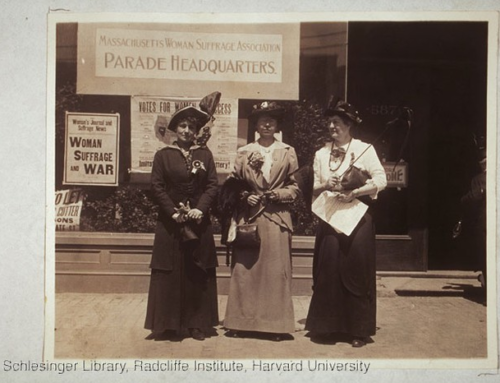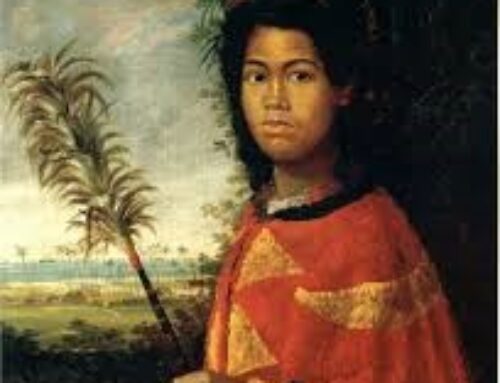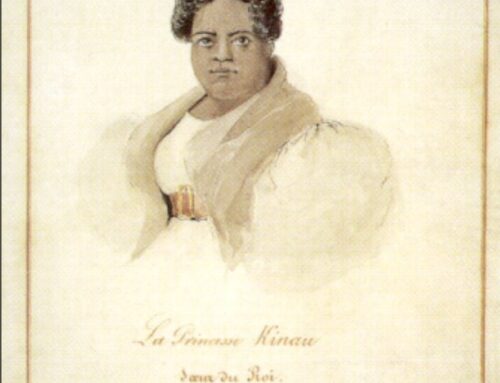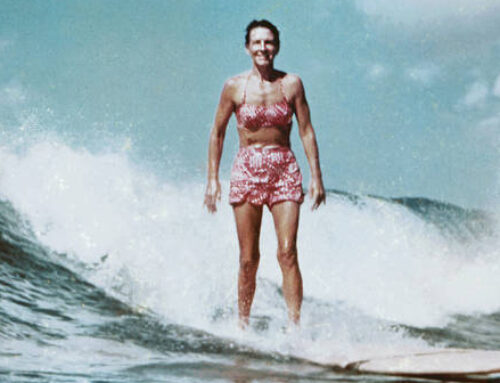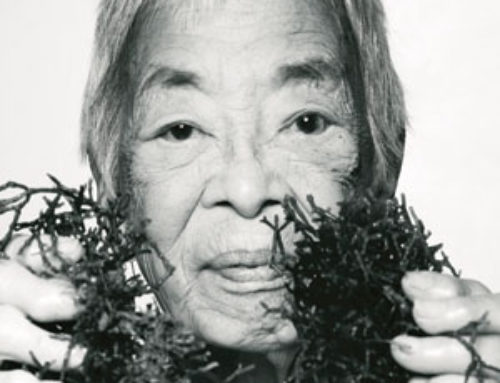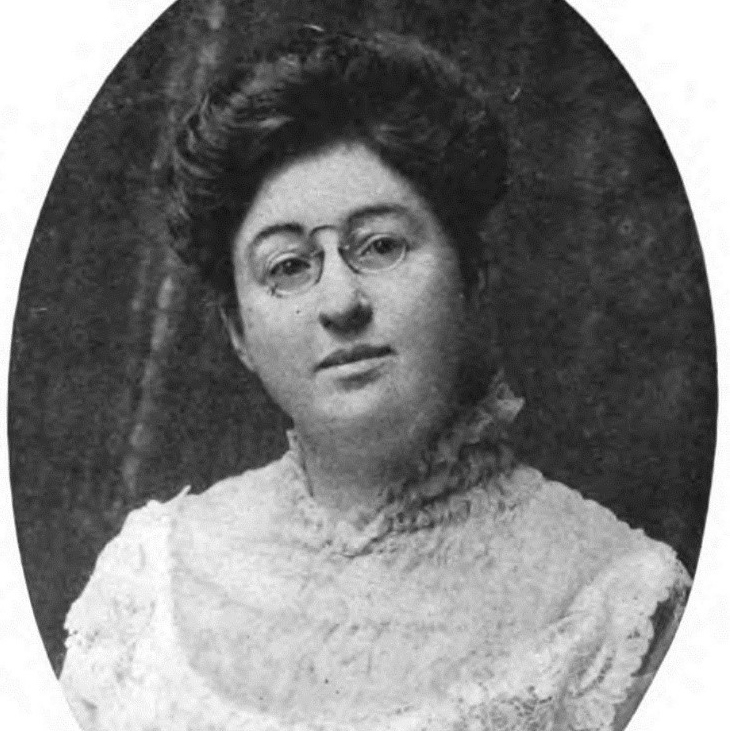
Journalist, Novelist
Miriam Michelson, the daughter of Jewish Polish immigrants, who fled their homeland in 1855, was born in a Calaveras County, California mining camp and was raised in Virginia City, Nevada where her parents had a store that supplied miners.
Michelson began her career as a journalist during the Progressive Era. Clearly influenced by the social justice advocates of that period and likely the fact of her upbringing by parents who had fled anti-Semitic oppression themselves, Michelson supported the cause of women’s suffrage and addressed other pressing issues of her day, including, politics and corruption, gender and racial inequality and the consequences of imperialism.
In 1897, she visited the Hawaiian Islands and questioned people about their views on the annexation of the nation by the United States. She was one of the few outsiders who spoke to Hawaiians. In her piece headlined, “Strangling Hands Upon a Nation’s Throat,” a title that very clearly states her view on the subject, for the San Francisco Call, she quoted and discussed her meeting with individuals at the Salvation Army Hall in Hilo, Hawaii.
Michelson described her interaction with several people including a young Hawaiian woman. When Michelson asserted that although she wanted to listen to what the young woman had to say, she could do nothing but repeat her words in the piece that she wrote, the woman said, “”It—it is that…No one comes to-ask us. No one listens. No one cares. Your paper will speak for us-us Hawaiians. Our voice will be heard, too. We are poor-you un’stan? And we cannot talk your language ver’ well. The white men have ever’thing on their side. But we are right and they are wrong.” This woman’s cry for justice was repeated in the piece by others with whom Michelson spoke.
Michelson specialized in features such as the piece on the situation in Hawaii for San Francisco and Philadelphia newspapers. Her short stories appeared in national magazines.
A prolific writer, Miriam Michelson wrote several works of fiction in the early twentieth-century. The most popular of these was In the Bishop’s Carriage, published in 1904. The book is narrated by a young female thief who, reared in an orphanage, reforms herself and becomes an actor. In this very popular novel of its time, Michelson presents an independent heroine. A film starring silent film star, Mary Pickford, based on the novel was made in 1913. It was also readapted in a film called, She Couldn’t Help It, in 1920. Michelson’s other novels, A Yellow Journalist (1905), Anthony Overman (1906), and Petticoat King (1929) feature strong, independent female protagonists. In 1910, a collection of four novellas, The Awakening of Zojas (1910) earned her consideration as a science fiction writer.
Source: https://jwa.org/encyclopedia/article/michelson-miriam

